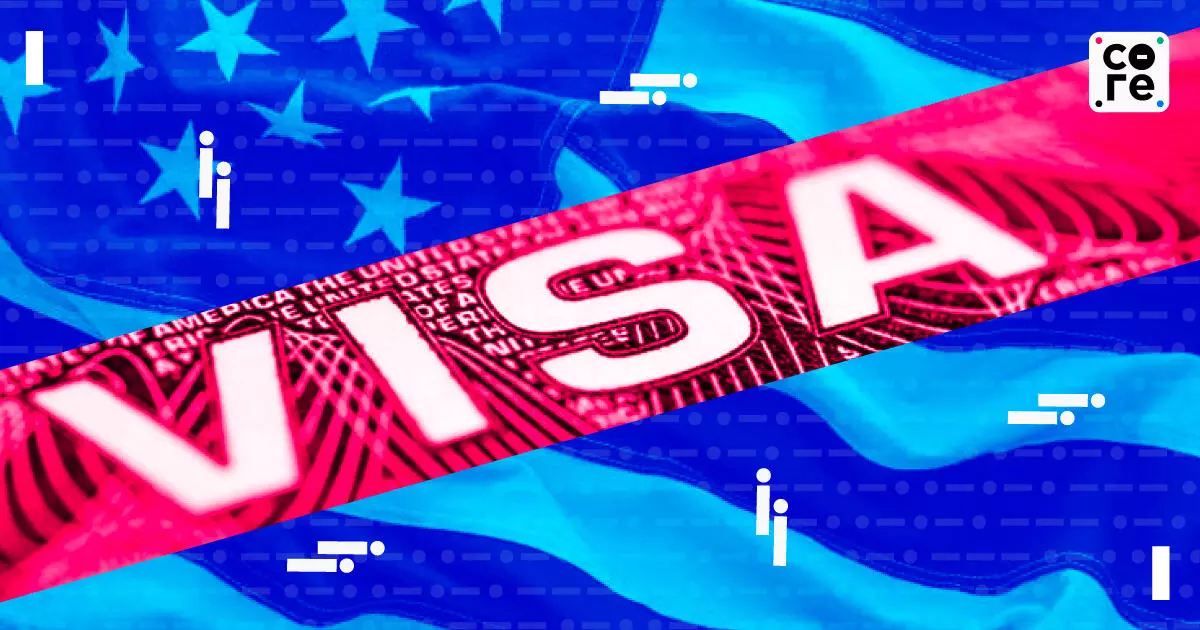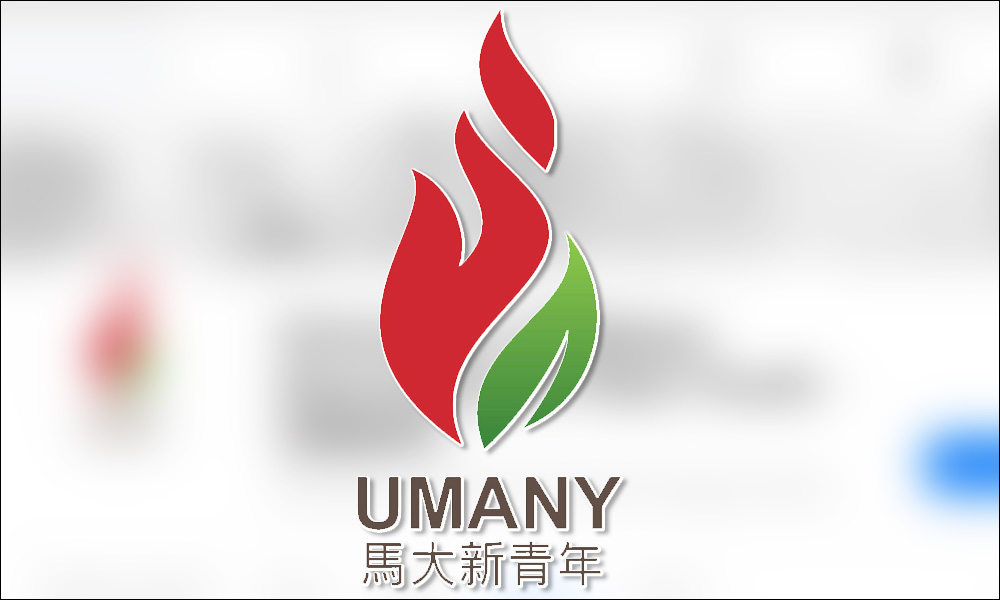By Stabroek News
Copyright stabroeknews

Digital education refers to the use of digital technologies—such as computers, mobile devices, internet platforms, and multimedia tools—to facilitate teaching, learning, assessment, and access to knowledge. It encompasses a wide range of approaches, including online and blended learning, virtual classrooms, educational apps, and the integration of ICT into traditional education. But digital education is not simply about replacing blackboards with tablets. At its core, it involves the building of a digital ecosystem—a network of infrastructure, skills, content, and inclusion—that enables an entire society to thrive in a connected world.
Such an ecosystem is essential for today’s classrooms and tomorrow’s nation builders. It provides the foundation on which Guyana’s future scientists, digital researchers, software engineers, cultural curators, and climate change policymakers will be trained. Whether a child is learning in Rupununi, Georgetown, or Baramita, that child must be equipped with the competency to consume knowledge and to generate it—shaping realities and participating meaningfully in the global knowledge society. Digital education, then, must serve as a central pillar of national development—equitable, inclusive, and future-facing.
The government has already rolled out several initiatives aligned with this vision. Still, on-the-ground disparities remain significant. In many hinterland and rural areas, schools operate without reliable electricity or internet. Teachers often lack access to adequate training and support to use digital tools effectively. Students must frequently share devices, depend on unstable mobile data, and work with materials that are culturally disconnected or foreign in content. In such environments, digital education is often reduced to little more than receiving a PDF document on a digital platform.
The delicate situation in Indigenous communities must be removed and replaced with meaningful inclusion in the design and development of digital platforms, or digital education risks reproducing colonial and postcolonial systems that historically excluded and erased local languages, traditions, and perspectives. Addressing this concern requires a democratization of curricula, ensuring that Indigenous knowledge systems and worldviews are reflected, preserved, and presented in appropriate languages across digital spaces.
Guyana holds a unique opportunity to innovate from within, rather than rely solely on external models. This includes the development of multilingual, culturally relevant platforms that incorporate community perspectives in both content and design. The digitization and respectful integration of Indigenous knowledge systems must become a national priority. Similar efforts are underway in Peru and Bolivia, where digital tools are being tailored to local contexts. Rwanda is building solar-powered digital classrooms. India’s open-source learning tools in dozens of regional languages offer another point of reference. With a wealth of natural and cultural resources, Guyana is well-positioned to define its own path.
To realize this, investment must extend beyond hardware procurement. Digital inclusion demands broadband infrastructure in remote communities, teacher development in critical and creative digital pedagogy, and educational content that speaks to Guyanese identities, languages, and lived experiences. These measures require consistent policy support, targeted funding, and a long-term commitment to equitable access.
The nation’s oil revenues present an unprecedented opportunity to advance this agenda. A portion of the Natural Resource Fund should be designated to create a Digital Education Equity Fund. Such a fund could go beyond supplying devices to enable community-driven innovation, support the development of Indigenous digital curricula, and establish sustainable digital learning infrastructure in underserved schools. Investments could also promote open-access learning resources and long-term institutional resilience.
The digital revolution is already here, and Guyana’s central concern ought not to be modernization through concrete jungles only. Use digital tools to implement curricula to reduce existing gaps, or in some instances close them; to preserve and uplift Guyana’s identity. A tablet in a child’s hand is that bridge—to knowledge, to identity, and to shared futures.
So the choices are in Guyana’s hands. A digital education strategy built on inclusion, equity, and cultural recognition that can provide Guyana with the skilled workforce of tomorrow to construct then connect to a more cohesive society.



